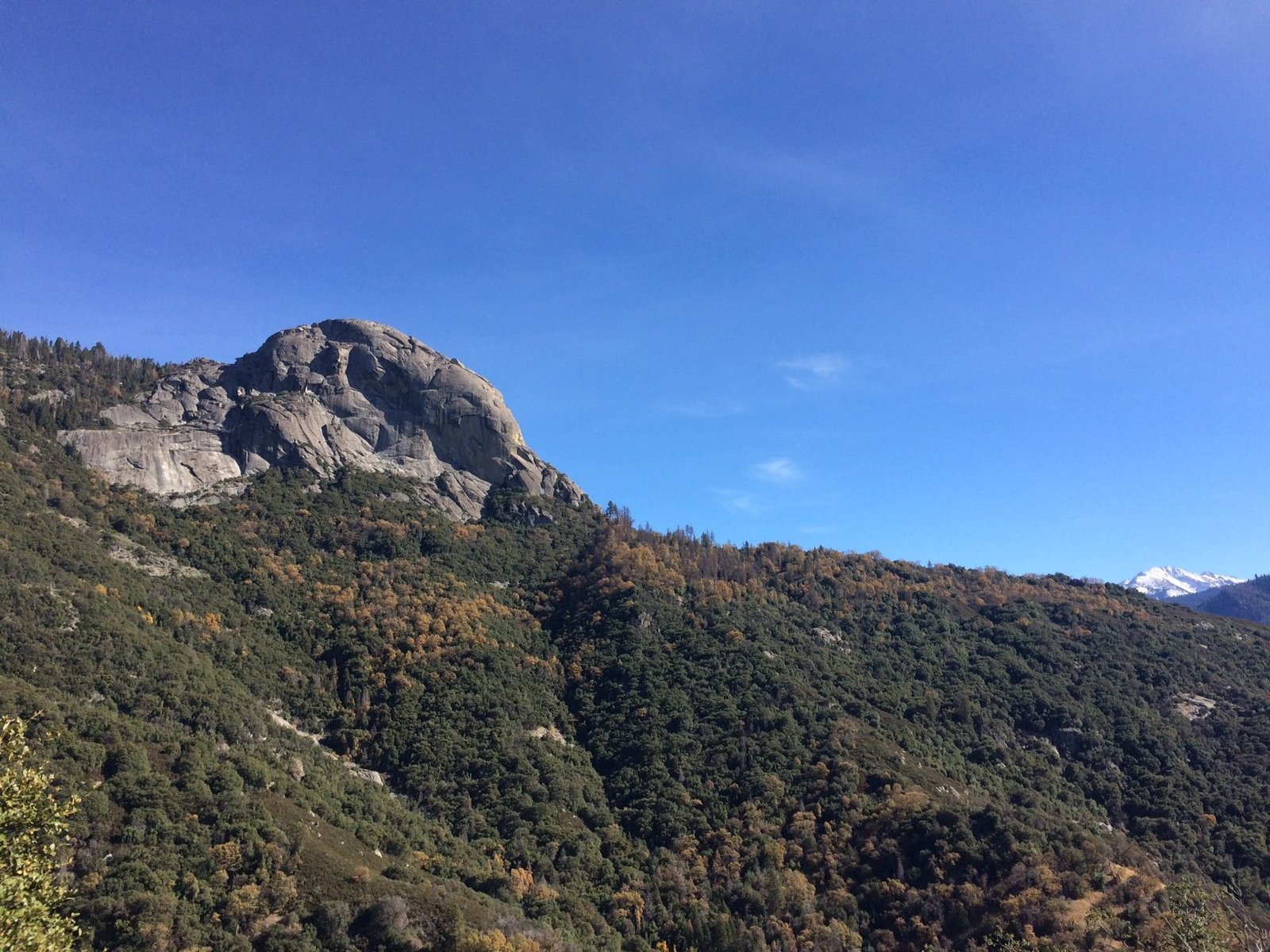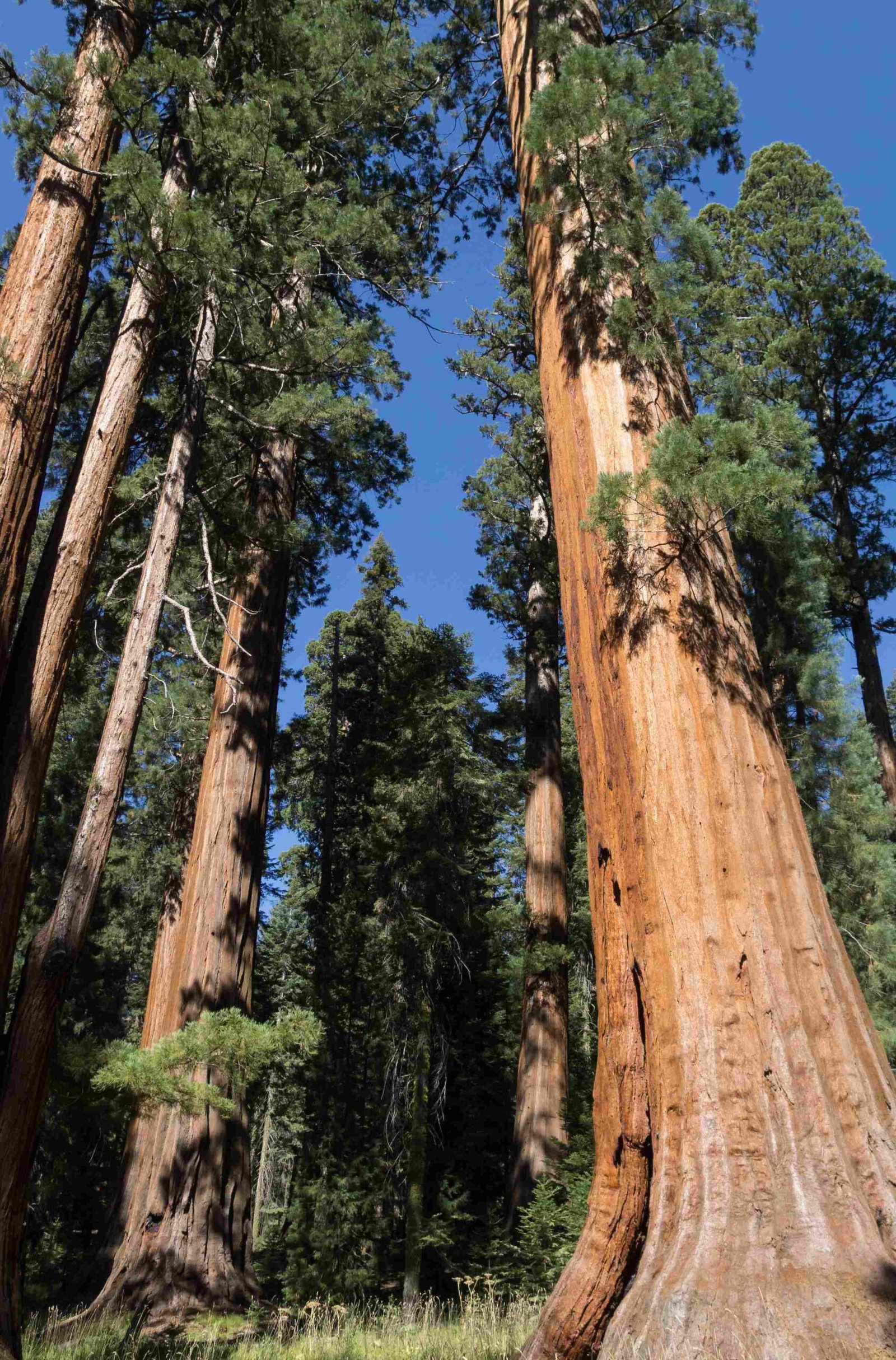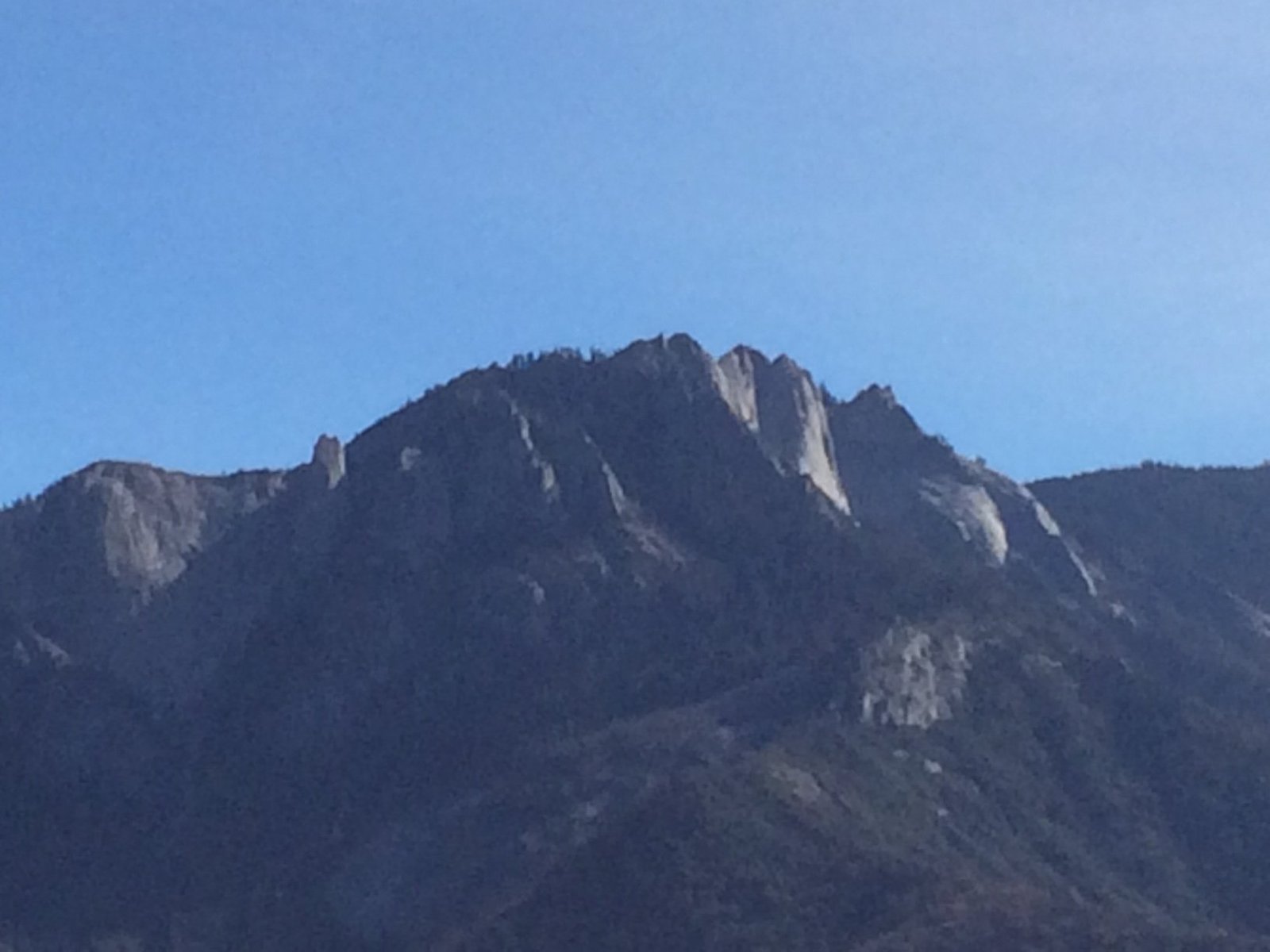Sequoia National Park, known for its towering trees and breathtaking landscapes, has unfortunately been the site of numerous fatalities over the years. From falls and drownings to medical emergencies, the park’s rugged terrain and natural hazards have claimed lives. This article explores the documented deaths, causes, and safety measures implemented in Sequoia National Park.
What Are the Documented Fatalities in Sequoia National Park?

Sequoia and Kings Canyon National Parks have experienced several tragic incidents resulting in visitor and employee deaths. Here’s a breakdown of some specific cases and statistics:
What Are the Specific Incidents and Causes of Death?
- Falls:
- Between 2014 and 2018, falls were the leading cause of death, claiming 22 lives.
-
In 2021, a hiker fell 500 feet from the summit of Mt. Russell, highlighting the treacherous nature of the park’s terrain.
-
Drowning:
- In August 1989, a 14-year-old boy drowned in the Kaweah River near park headquarters.
-
From 2014 to 2018, drowning accounted for 10 deaths.
-
Medical Deaths:
-
Medical issues, including heart attacks and other natural causes, contributed to 11 fatalities between 2014 and 2018.
-
Employee Incidents:
- In 1990, a forestry worker fell 150 feet while pruning a tree and died from internal injuries and shock.
What Are the Main Causes of Death in Sequoia National Park?

The park’s unique features and activities contribute to various causes of death:
| Cause of Death | Number of Fatalities (2014-2018) | Contributing Factors |
|---|---|---|
| Falls | 22 | Rugged terrain, high elevations |
| Medical Issues | 11 | Physical exertion, remote locations |
| Drowning | 10 | Swift rivers, cold water |
| Motor Vehicle Crashes | Not specified | Winding roads, wildlife |
Why Are Falls the Leading Cause of Death?
Falls remain the most significant threat due to:
– The park’s steep and rocky terrain
– High-elevation hiking trails
– Challenging climbing routes
– Slippery surfaces near waterfalls and streams
What Safety Incidents Occur Most Frequently?
Sequoia National Park faces several recurring safety challenges:
- Falls and Climbing Accidents:
- The park’s terrain is prone to falls, especially among hikers and climbers.
-
Many incidents occur on popular trails and climbing routes.
-
Drowning:
- Swimming in the park’s rivers and streams poses a significant risk.
-
Cold water and strong currents contribute to these incidents.
-
Medical Emergencies:
- The remote nature of the park and physical demands of activities contribute to medical emergencies.
- Heart attacks and heat-related illnesses are common concerns.
What Safety Measures Has the Park Implemented?
To address these safety concerns, Sequoia National Park has implemented several measures:
- Preventive Search and Rescue (PSAR) Programs: Educating visitors on safety and accident prevention.
- High Visibility Traffic Safety Enforcement: Campaigns to reduce motor vehicle crashes.
- Injury Prevention Campaigns: Focusing on drowning prevention, heat safety, and wildlife safety.
- Life Jacket Loaner Stations: Available at various locations to prevent drowning incidents.
Which Park Amenities Are Most Linked to Fatalities?
Certain areas and activities within Sequoia National Park have been associated with higher risks:
- Hiking and Climbing Trails:
- Trails leading to Mt. Russell and other peaks have seen multiple accidents.
-
The park’s airy ridges and soaring rock faces pose particular dangers.
-
Rivers and Streams:
- The Kaweah River and other water bodies have been the site of several drowning incidents.
-
Swift currents and cold water temperatures increase the risk.
-
Roads and Highways:
- The Generals Highway and other park roads can be hazardous, especially during inclement weather.
- Motor vehicle crashes, while less common than in other parks, still occur.
How Can Visitors Stay Safe in Sequoia National Park?
To minimize the risk of accidents and fatalities, visitors should:
- Stay on designated trails and respect safety barriers
- Be prepared for sudden weather changes and carry appropriate gear
- Never swim alone and use life jackets when near swift water
- Stay hydrated and know your physical limits when hiking
- Drive cautiously on park roads, especially at night or in poor weather
- Inform others of your hiking plans and carry emergency communication devices
By understanding the risks and following safety guidelines, visitors can enjoy the majestic beauty of Sequoia National Park while minimizing the chances of becoming a tragic statistic.

